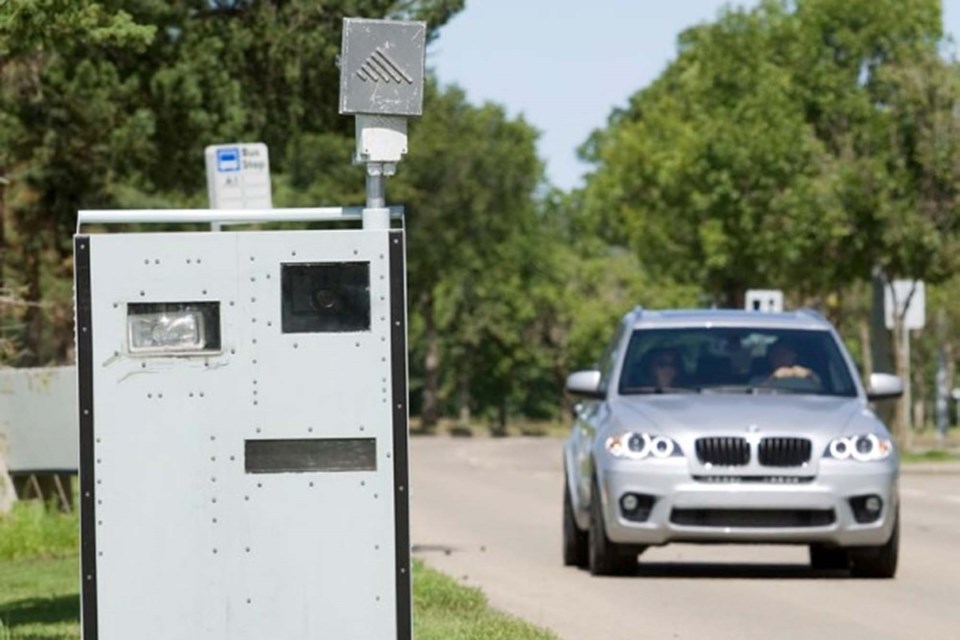Municipalities are happy they can still use photo radar, but concerned with some of the province's new rules around the traffic tool.
On Dec. 1, the province announced it would extend the freeze on new photo-radar locations across Alberta to reduce the amount it is being used to generate revenue.
St. Albert mayor and president of Alberta Municipalities Cathy Heron said many municipalities use photo radar as a safety tool and fines are act as a financial deterrent to speeding. In St. Albert the money generated goes back into traffic-safety initiatives.
“Our revenues from photo radar are actually declining, ... [it's] not very often you hear a mayor say they're happy with a decline in revenue, but we should be celebrating the fact that revenues are going down because that means hopefully that people are actually obeying and going to speed limit.” Heron said.
Heron said the province introduced some changes that raise concerns with municipalities, including making a rule that photo radar can’t be used on streets with a speed limit of less than 50 km/h.
In St. Albert, residential speed limits have recently been lowered to 40 km/h, which means the city can’t use photo radar to patrol those streets.
“The reason we went to 40 was for safety and now we need to be able to enforce that speed limit, and now we can't, so that's a concern,” Heron said.
There is also a concern with the extension of the new photo-radar location freeze, meaning municipalities can’t set up any new photo-radar locations for an entire year.
“It's been frozen for two years already. I think there's been identified sites in St. Albert that have [typically] been historic speeding [locations] that we don't have photo radar [at] as a location. We'd like to start enforcing our rules,” Heron said.
On Dec. 1, Transportation Minister Rajan Sawhney said the freeze on municipalities adding new locations will continue until Dec. 1, 2022.
Sawhney said municipalities are not allowed to run photo radar in construction zones unless a construction worker is present. Photo radar also can’t be used in a school zone unless students are present.
In April new rules will prevent municipalities from using the traffic tool on roads where drivers are rapidly changing speeds, such as with on and off ramps to freeways.
Sawhney said drivers can’t receive two automated tickets in a five-minute window.
New rules now say photo-radar vehicles must be clearly marked and advertised through a city’s social media accounts.
Before a municipality is allowed to set up a new photo-radar location, it must use other speed-enforcement strategies, such as speed bumps or other traffic-calming measures.
Municipalities across Alberta will have to provide data to the province on how they are selecting and using their photo-radar locations.
"Albertans can be confident these new rules will put a stop to photo-radar fishing holes or speed traps," Sawhney said.




